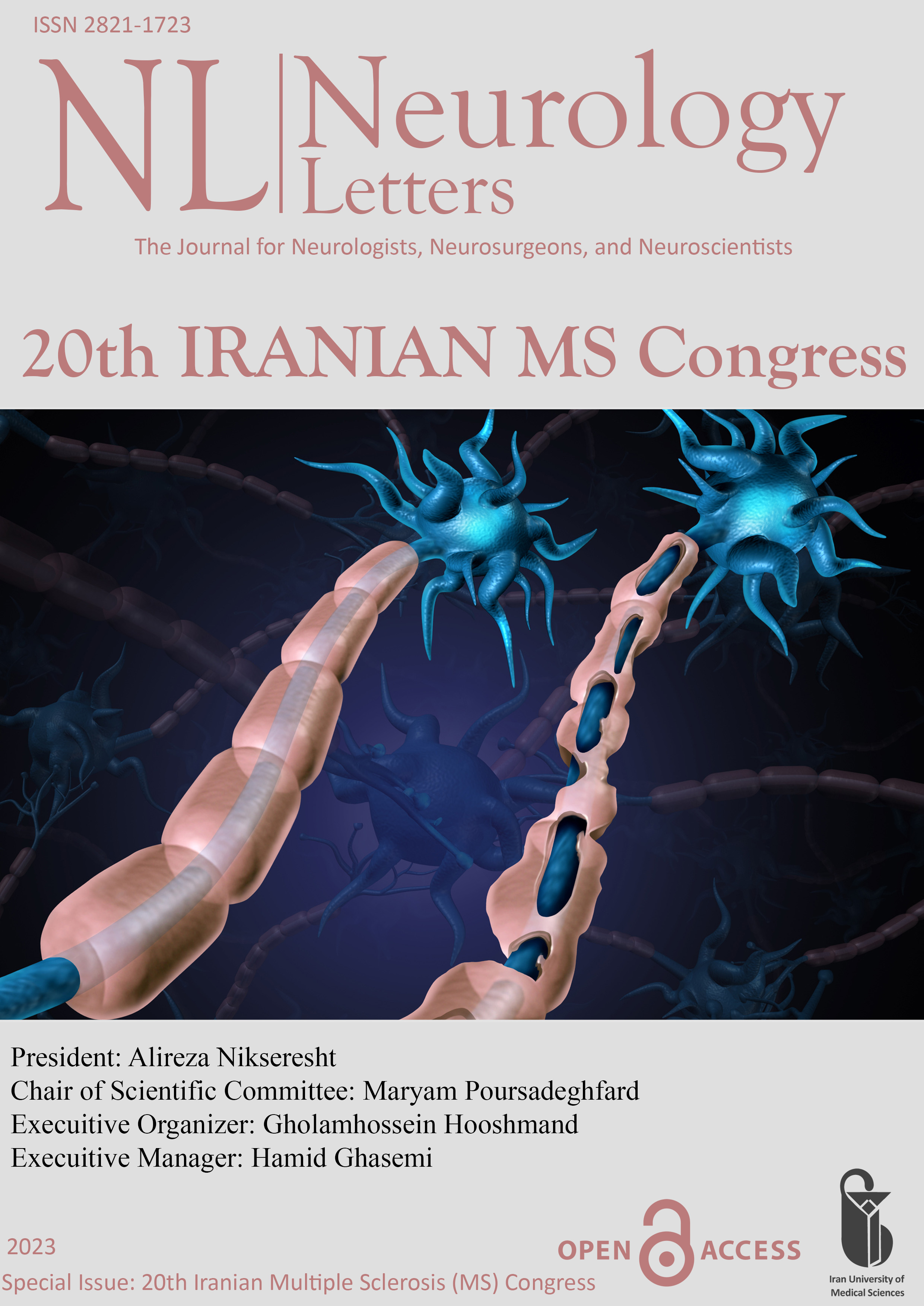Reduction in Circulating Vitamin D Binding Protein in Patients with Multiple sclerosis (ORP-59)
Document Type : Oral Presentation
Author
Multiple sclerosis research center, Neuroscience institute, Tehran University of medical sciences, Tehran, Iran
Abstract
Background: In this study, we aimed to determine the risk association between vitamin D binding protein (VDBP) polymorphism in patients with multiple sclerosis (MS) in a MS biobank and the difference in VDBP serum levels in MS patients who were recently diagnosed.
Method: The current case-control study was performed on 296 MS patients and 313 controls. Thereafter, two common missense VDBP polymorphisms, named rs7041and rs4588, were evaluated in all the participants. Serum levels of vitamin D and vitamin D binding protein were assessed in 77 MS patients who were diagnosed since one year ago and in 67 healthy people who were matched in terms of age and sex.
Result: The frequency distributions of VDBP genotypes and alleles of SNP rs7041 and rs4588 were observed to be similar in both the MS and control groups (p>0.05). The VDBP haplotypes, as Gc2/Gc2, Gc1/Gc1, and Gc1/Gc2, were found to be similar in the MS and control groups (p>0.05).
In subgroup analysis, circulating VDBP was lower in MS patients (Ln-VDBP (µgr/ml): 3.64±0.91 vs. 5.31±0.77, p=0.0001) even after adjusting for vitamin D levels, body mass index, and taking vitamin D supplement. There was no significant association between VDBP haplotypes and vitamin D levels in the two groups.
Conclusion: The present study suggested an association between lower levels of circulating VDBP and multiple sclerosis in newly diagnosed patients. However, the VDBP causative role in the development of MS is still unclear, so it needs more studies.
Keywords
 Neurology Letters
Neurology Letters
